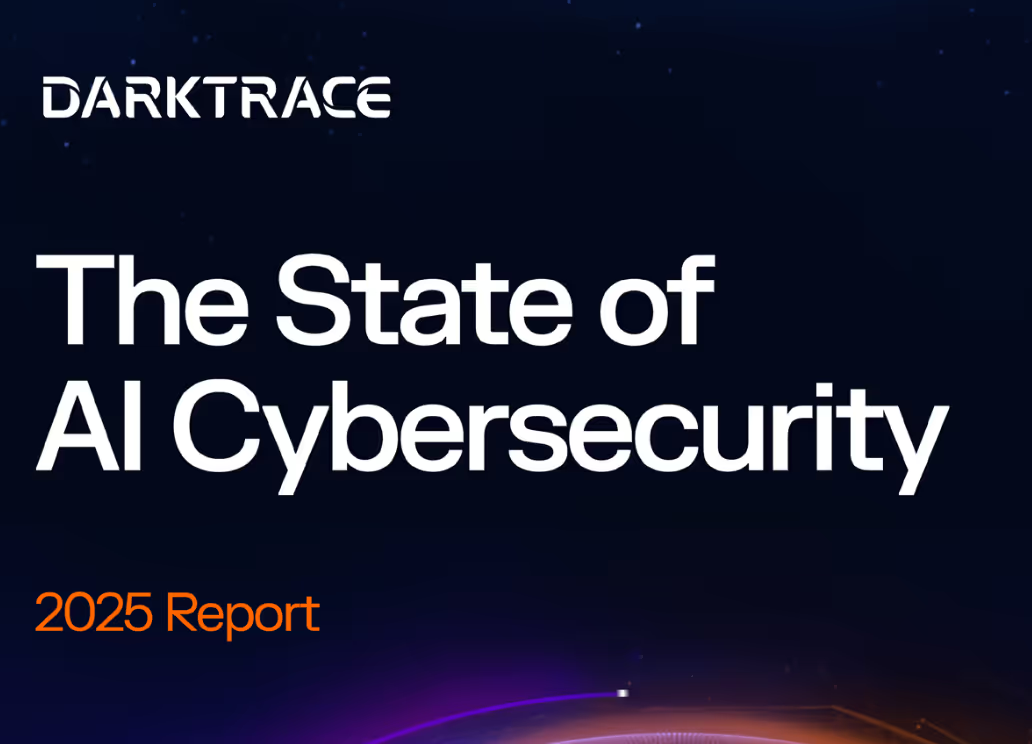Primary differences between cybersecurity, network cybersecurity, and information security
Focus and Scope
Network cybersecurity primarily focuses on protecting data within networks through measures like firewalls and intrusion detection systems. Cybersecurity encompasses a broader scope, including protecting internet-connected systems and combating cyber-threats. Information security focuses on safeguarding data in all its forms, both digital and physical.
Data
Network security deals with data in transit within networks, ensuring safe and secure transmission. Cybersecurity protects data from cyber-threats, regardless of its location. Information security ensures data protection across all stages, including storage, processing, and transmission.
Threats and solutions
Network cybersecurity threats include unauthorized access, data breaches, and denial-of-service attacks, which are mitigated by firewalls, VPNs, and IDS/IPS. Cybersecurity threats, including malware, phishing, and ransomware, are countered by anti-malware, encryption, and multi-factor authentication. Information security threats include data breaches and unauthorized data modifications that are addressed through encryption, access controls, and data loss prevention techniques.
Protection and usage
Network security focuses on protecting data within the network infrastructure. Cybersecurity aims to protect systems and data from external cyber-threats. Information security ensures the overall protection of data, including its confidentiality, integrity, and availability, across various environments.

























